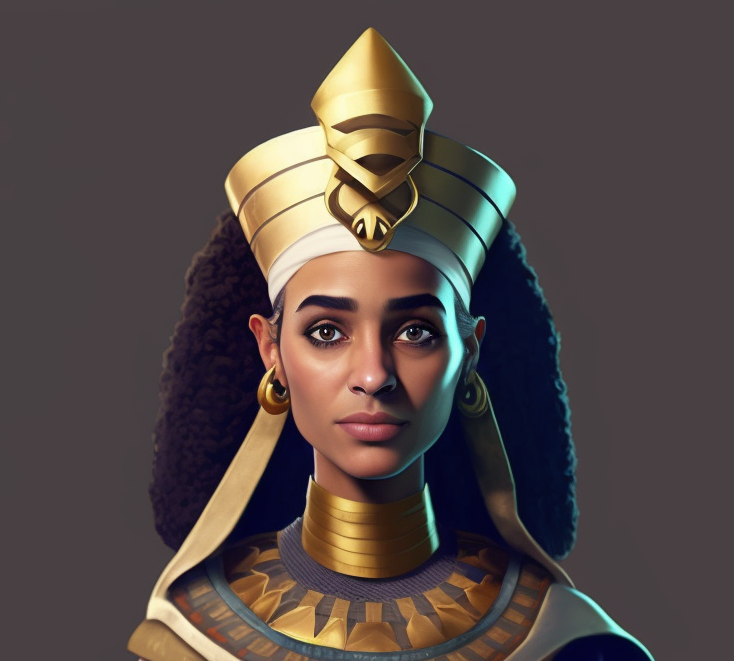Nile Museum
It was built in the Sudanese Nubian style, with an area of 2052 square meters, at a total cost of about 80 million pounds.
The museum includes halls for displaying paintings and pictures that reflect the civilizations, cultures and arts of the Nile Basin countries and Africa.
There is a large group of holdings that depict the journey of the flow of the Nile River, from its sources at the bottom of the Ethiopian plateau to its end at the mouth in the Mediterranean Sea .
Work on the establishment of the Nile Museum began in June of 2004, but the museum did not make the required progress until 2014, when President Abdel Fattah El-Sisi commissioned Dr. Hossam Maghazy, the former Minister of Water Resources and Irrigation, to complete the work on establishing the museum and allocating its budget.
The museum was opened to visitors on January 10, 2016, in the presence of the Prime Minister and Minister of Irrigation, and representatives of 11 African countries from the Nile Basin countries.
- The museum includes exhibition and conference halls, a library, a VIP hall, and administrative offices, in addition to a public site that includes the Magra Al-Oyoun area and green spaces.
The museum consists of 3 floors, and includes hundreds of pictures and exhibits that tell the history of the Nile and the Egyptian projects that were established on it.
The museum contains a number of archaeological holdings, including 250 artifacts, which record the journey of the flow of the Nile River from its sources to the mouth of the Mediterranean Sea. The Ministry of Culture also presented the museum with 61 important paintings that show the highlights of what major Egyptian artists dealt with on the Nile River’s journey in Egypt.
Inside the museum, there is also a large part dedicated to presenting the history of the High Dam and documenting its construction, in addition to commemorating the martyrs who fell during the construction of the High Dam.
The museum includes a presentation of the most important national projects of the Ministry of Irrigation, in which it contributed, starting with the charitable aqueducts during the days of Muhammad Ali, passing through the Peace Canal and the Toshka project, and ending with the 4 million acres project launched by President Abdel Fattah El-Sisi. Achievement of the Siphon of Serapeum, and projects to protect and save the Nile River.
It also includes the most important historical documents, including the 59 agreement document between Egypt and Sudan, and the Nile River Protection Document, which was signed by the President of the Republic and the Prime Minister.
- The value of the museum ticket is set at 7 pounds per person, and children under the age of 7 are exempted
